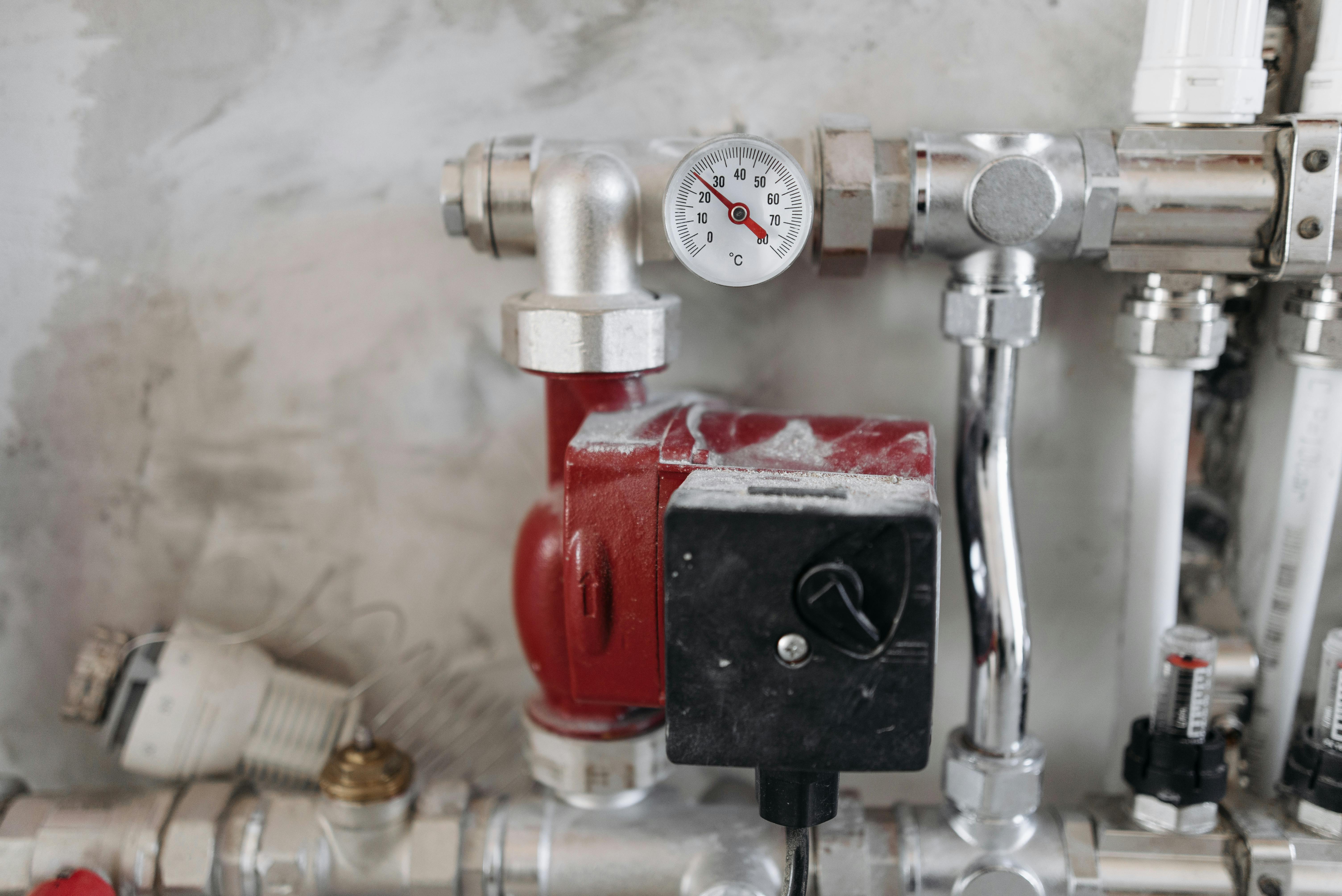Complete Guide to JIC Adapter Fittings for Modern Systems
JIC adapter fittings are the unsung heroes of modern fluid power systems. With precision sealing and high-pressure capabilities, they’ve become essential across hydraulic, automotive, and industrial applications. In this comprehensive guide, you’ll learn how JIC fittings work, when and why to use them, and how they compare with other standards to help you make confident decisions.

Understanding the Fundamentals
At its core, a JIC adapter fitting is a type of compression fitting used for high-pressure applications. It features a 37-degree flare seating surface, ensuring tight seals without needing additional sealing compounds or O-rings.
Originating from the Joint Industry Council (JIC) standards in the mid-20th century, these fittings were created to unify military and aerospace hydraulic systems. Today, they are widely used in automotive and industrial sectors due to their reliability and standardization.
1.1 The 37-Degree Flare Design
The 37-degree flare is the defining characteristic of JIC adapter fittings. This angled surface allows the fitting to form a strong metal-to-metal seal that is resistant to vibrations and temperature extremes.
In real-world usage, these fittings are found in high-pressure hydraulic systems such as tractors, excavators, and aerospace fuel lines. Unlike pipe-threaded connections, the flare design reduces the likelihood of leakage.
1.2 Material Composition and Durability
JIC adapter fittings are most commonly made from stainless steel, brass, or carbon steel. These materials ensure longevity and resistance to corrosion, which is crucial for applications exposed to harsh environments.
Compared to plastic or lower-grade metals, the durability of JIC fittings makes them ideal for demanding conditions, from offshore rigs to snow plows.
Practical Implementation Guide
Now that you understand the basics, let’s explore how to implement JIC adapter fittings in real-world projects. Whether you’re upgrading a hydraulic system or replacing faulty components, using the correct fitting ensures leak-free performance and safety.

2.1 Actionable Steps
- Identify System Requirements: Measure hose size, pressure ratings, and temperature range before selecting a fitting.
- Select Compatible Materials: Use stainless steel for corrosive environments and brass for low-pressure systems.
- Install With Precision: Use a torque wrench to prevent over-tightening. Follow manufacturer torque specs closely.
2.2 Overcoming Challenges
Common issues include mismatched threads, improper tightening, and using incorrect flare angles. To avoid this:
- Always double-check part numbers and thread compatibility
- Use thread gauges and calipers during selection
- Inspect fittings for burrs or defects before installation
Experts recommend replacing fittings showing any signs of corrosion, cracks, or deformation. Using thread sealant where not required may actually hinder performance in JIC systems.
Advanced Applications
For those ready to push beyond basic applications, JIC adapter fittings offer advanced adaptability. They’re often used in custom fluid systems, aerospace assemblies, and high-performance automotive engines where absolute reliability is non-negotiable.

3.1 Integrating With Custom Manifolds
Advanced setups often include aluminum manifolds paired with steel JIC fittings. These allow for multi-line routing while maintaining structural integrity. Engineers love their modularity and how they streamline complex hydraulic architecture.
One aerospace manufacturer reported a 30% increase in assembly speed after switching to modular manifolds using JIC fittings.
3.2 Cross-System Compatibility
JIC adapter fittings can be used to bridge various standards, including NPT, BSP, and ORFS connections. This makes them ideal for international or legacy systems requiring upgrades without full replacements.
Compatibility charts and adapter kits are available for technicians managing mixed-component environments.
Future Outlook
The future of JIC adapter fittings is tied closely to the evolution of fluid power and automation systems. As electric and hybrid vehicles grow, so does the demand for compact, efficient hydraulic controls—where JIC fittings continue to thrive.
In the next 3-5 years, expect to see smart sensors integrated with fittings for predictive maintenance, along with lighter composite materials offering even better resistance and performance.
Conclusion
To recap, JIC adapter fittings offer:
- High-pressure, leak-free performance
- Cross-industry compatibility and adaptability
- Durable, long-term value in complex systems
Whether you’re designing new machinery or maintaining existing equipment, using JIC adapter fittings ensures reliability and consistency. Start reviewing your current systems and identify where these components can deliver improved performance.
Get ahead by investing in quality fittings and educating your team on proper installation techniques for lasting success.
Frequently Asked Questions
- Q: What are JIC adapter fittings? JIC fittings are hydraulic connectors with a 37-degree flare that create leak-free seals in high-pressure systems.
- Q: How do I get started with JIC fittings? Begin by assessing your system’s pressure rating and fluid compatibility, then choose the correct fitting material and size.
- Q: How long does installation take? A single fitting can be installed in under 10 minutes, though full system integration may take hours depending on complexity.
- Q: Are JIC fittings expensive? Prices range from $3 to $20 per fitting, depending on material and thread type. Stainless steel versions are more costly but durable.
- Q: How do JIC fittings compare to NPT? JIC fittings use a flare seal, making them more reliable for high-vibration applications. NPT relies on thread sealant and is prone to leaks.
- Q: Are they hard to install? Not at all. With the right tools and measurements, JIC fittings are straightforward to install and require minimal training.
- Q: Can they be used in agriculture? Absolutely. Tractors and other heavy equipment commonly use JIC fittings due to their rugged design and leak resistance.
